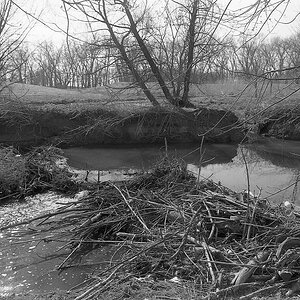brettz92
TPF Noob!
- Joined
- Sep 6, 2016
- Messages
- 1
- Reaction score
- 0
- Can others edit my Photos
- Photos NOT OK to edit
Hi everyone,
I've been putting a lot of thought into buying a new camera over the past couple of months. Currently I own a Canon 60D which serves me well, but its bulkiness and weight make it a pain to bring along on trips, especially when hiking. I also have access to film SLRs that I use occasionally, but I prefer not to bring them on trips because of their sentimental value.
I want to find a light camera that I can just toss in my backpack and go, and it will be mostly used for shooting landscapes and some street photography while I travel. I'm specifically looking for a film camera because I want to experiment more with film in spare time as well. The ability to shoot with fully manual controls is a must, and I prefer wide angle lenses, though I can be a little lenient with this. My budget is around $200, so I'm not exactly looking for a top of the line camera, though I do want good, sharp results nonetheless.
While researching this purchase, rangefinders have caught my interest, as I have no experience with them and am quite curious. In particular, I'm currently considering the Olympus 35 SP, but I'm open to any suggestions, SLR or rangefinder that anyone might have.
Thanks!
I've been putting a lot of thought into buying a new camera over the past couple of months. Currently I own a Canon 60D which serves me well, but its bulkiness and weight make it a pain to bring along on trips, especially when hiking. I also have access to film SLRs that I use occasionally, but I prefer not to bring them on trips because of their sentimental value.
I want to find a light camera that I can just toss in my backpack and go, and it will be mostly used for shooting landscapes and some street photography while I travel. I'm specifically looking for a film camera because I want to experiment more with film in spare time as well. The ability to shoot with fully manual controls is a must, and I prefer wide angle lenses, though I can be a little lenient with this. My budget is around $200, so I'm not exactly looking for a top of the line camera, though I do want good, sharp results nonetheless.
While researching this purchase, rangefinders have caught my interest, as I have no experience with them and am quite curious. In particular, I'm currently considering the Olympus 35 SP, but I'm open to any suggestions, SLR or rangefinder that anyone might have.
Thanks!


![[No title]](/data/xfmg/thumbnail/37/37632-06d8ff7f84d84f6ac01249ce8885d896.jpg?1619738156)
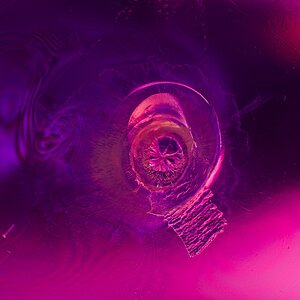
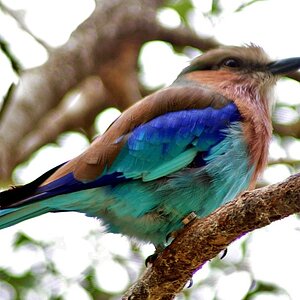
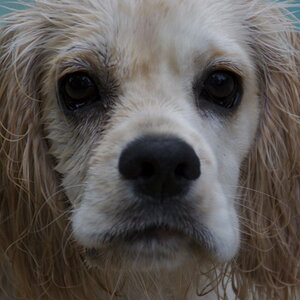
![[No title]](/data/xfmg/thumbnail/37/37609-a1984365804384f841d8245ae7e3b9a7.jpg?1619738149)
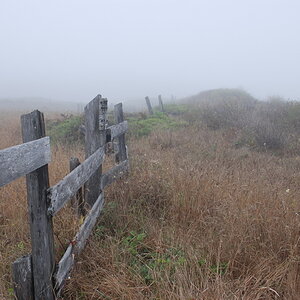
![[No title]](/data/xfmg/thumbnail/37/37610-09a3b763265223288ccc8f30a63a666b.jpg?1619738149)
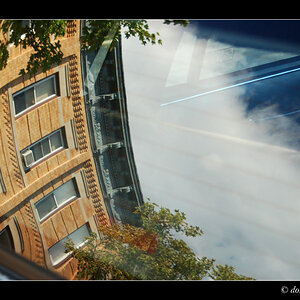
![[No title]](/data/xfmg/thumbnail/34/34075-a2fb0d7352396e58920e196958f6d006.jpg?1619736267)
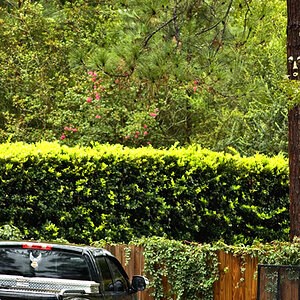
![[No title]](/data/xfmg/thumbnail/34/34076-d491e0e556e88ef7f797efcbe6083299.jpg?1619736268)
